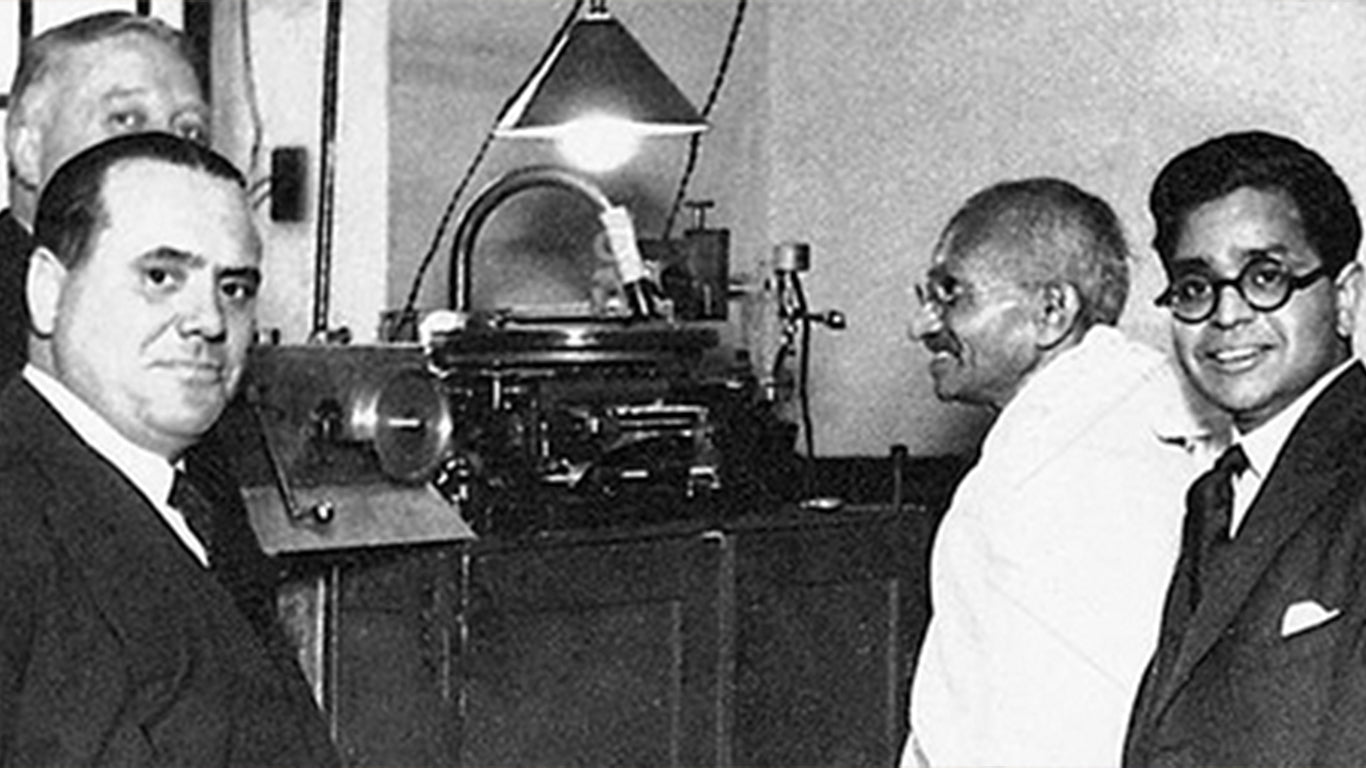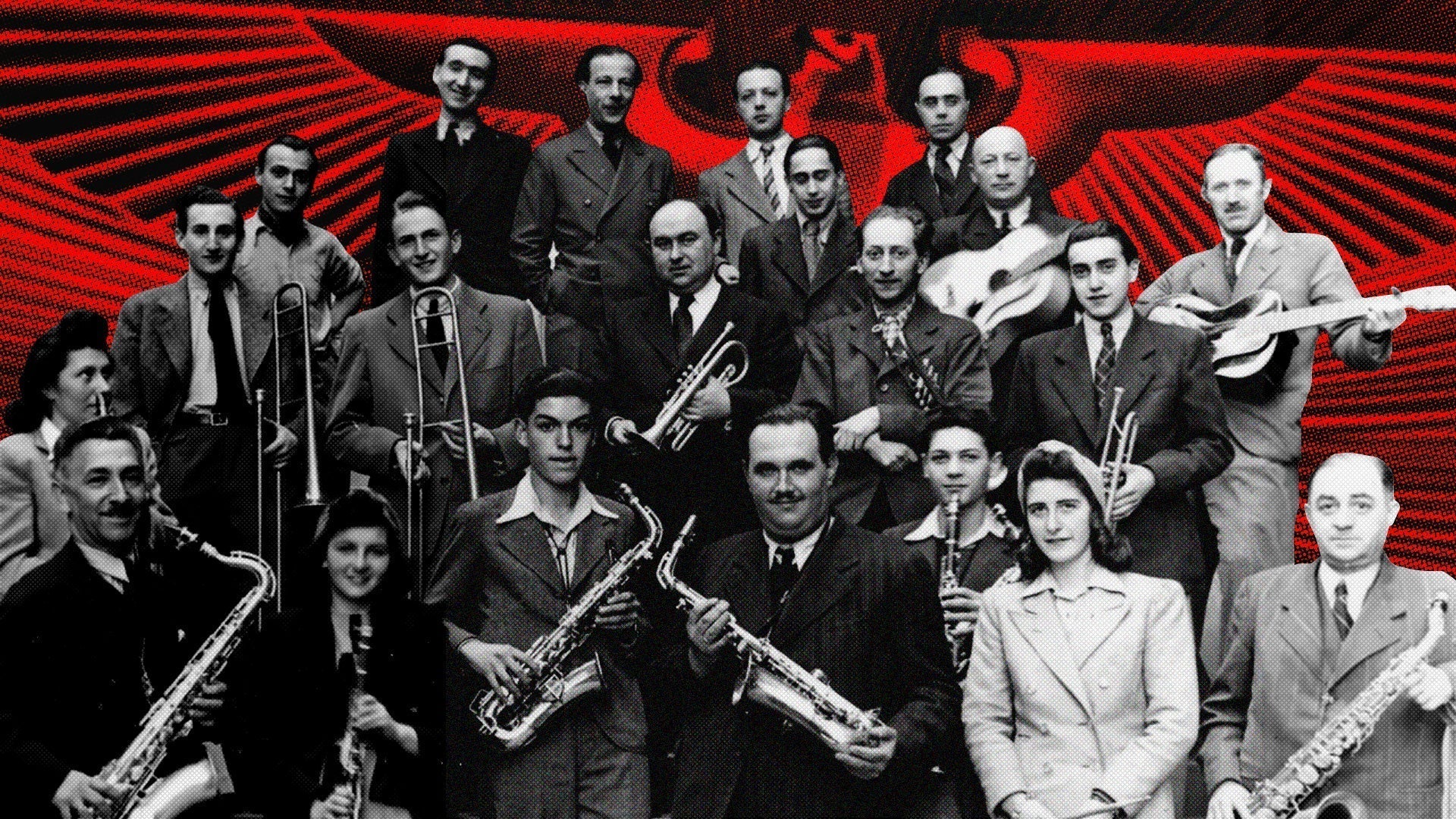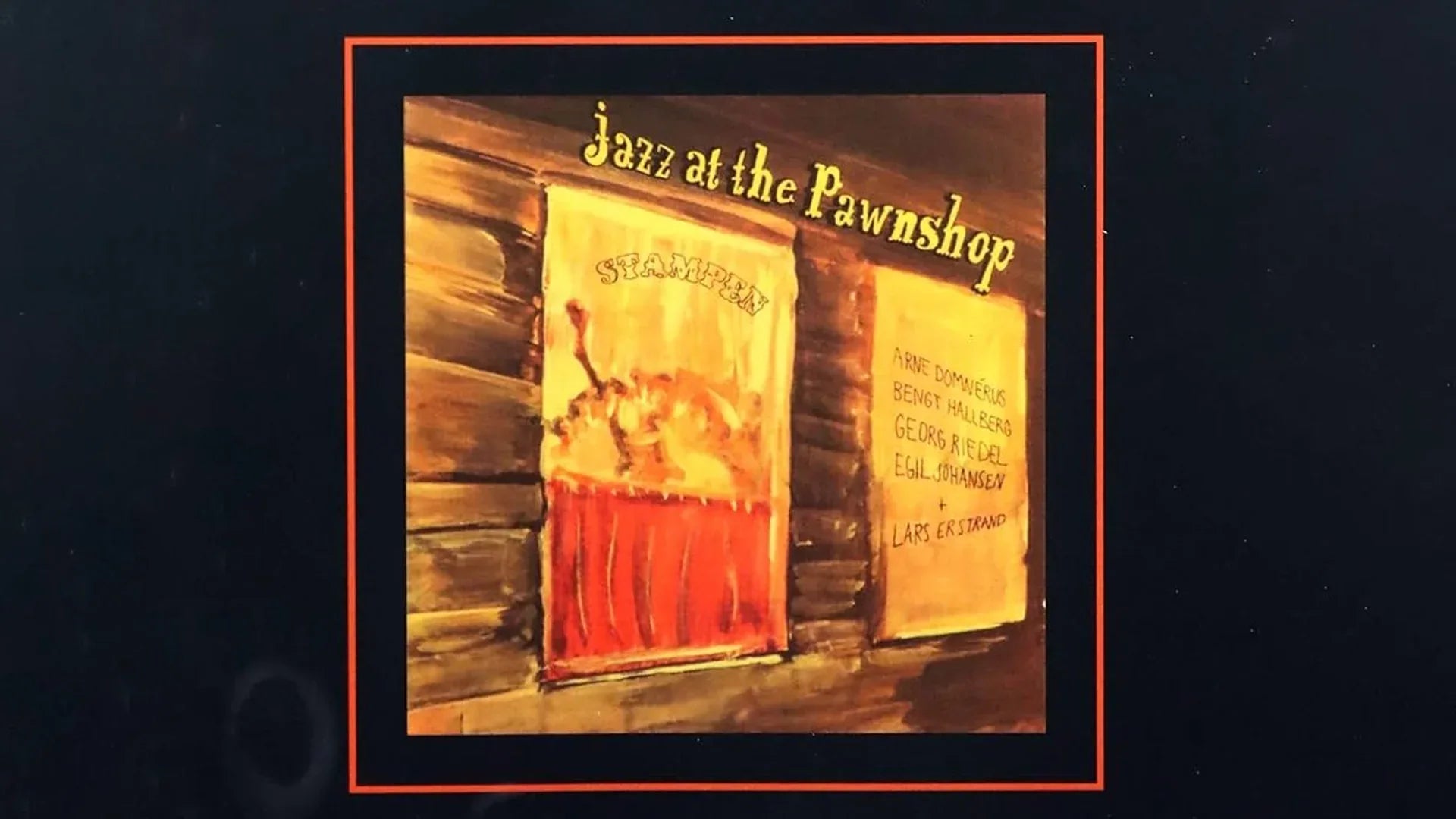Grooves of Freedom: The Gramophone During India’s Independence Struggle - Indian Audio Heritage

Calcutta entrepreneur Hemendra Mohan Bose began marketing wax-cylinder phonograph machines even before the Gramophone Company arrived in India.
During the Bengal partition agitations, his label “H Bose’s Records” released numerous political speeches and songs, including a version of Vande Mataram sung by Rabindranath Tagore. Unfortunately, his setup was sealed and destroyed in a sedition raid, and many rare recordings were lost forever.

Hemendra Mohan Bose
Other Swadeshi record labels included Hindustan Records, and Young India. The latter’s discs proudly carrying the tri-colour. Notable Young India releases included speeches by Subhas Chandra Bose and Jawaharlal Nehru.



French, German, and Swiss labels such as Pathé, Beka, and Nicole too gained a competitive advantage as non-British foreign firms did not experience a boycott to the same extent. Nor did they face as much government scrutiny as did the Gramophone Company’s HMV.

Thus, they were able to produce various records carrying a patriotic sentiment. Beka sneaked out a nationalist speech by Babu Surendranath Banerjee in 1907 right under the government’s nose, and all three labels released nationalist songs associated with the freedom movement.
By 1908, HMV began to subtly portray itself as “Swadeshi Conscious” by highlighting their Indian manufacturing facilities and workforce, and by the end of the 1920s, patriotic songs such as “Pyara Watan Hamara Hindustan Hai Yaro” by Miss Indubala were released on the label.
A testament to the importance of recorded sound to the Indian independence movement is the success of Columbia’s 1931 release of Mahatma Gandhi reciting his essay “On God”.
Despite doubts by Columbia executives, Indians lined up outside Gramophone stores across the country just hear the Mahatma’s voice.
Considering the technological context of the time, it’s easy to see how the gramophone allowed songs and speeches to reach the masses and helped strengthen the determination for self-rule.
Read more: Indian Audio Icons – Valve Radio Brands of the ‘50s and ‘60s | Indian Audio Heritage






Comments